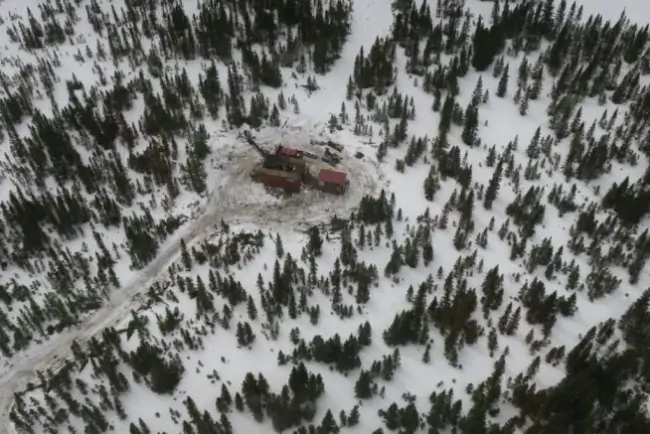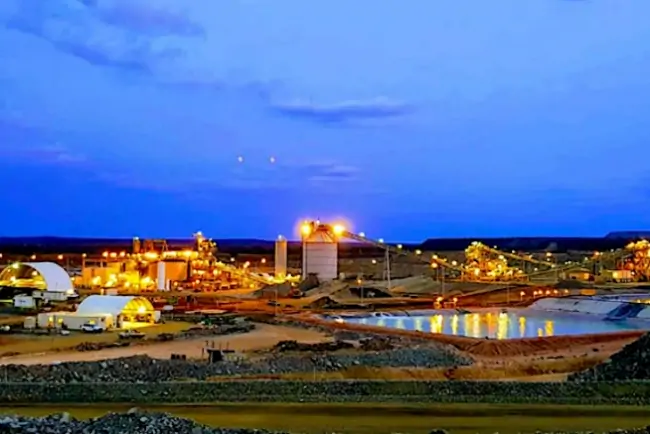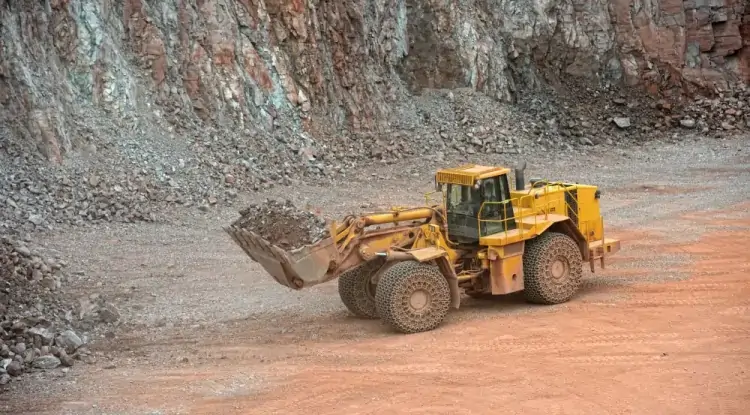Silver miners struggle to keep up with demand
Demand for silver has skyrocketed in recent years, and supply hasn’t been able to keep up.

Silver demand has outstripped supply for three straight years and the Silver Institute projects another market deficit in 2024. This is primarily due to rapidly rising industrial demand, specifically in the solar energy sector.
In 2023, the silver market charted a structural deficit of 184.3 million ounces. The projection is for an even larger supply shortfall this year in the neighborhood of 215 million ounces. This would be the second-largest silver market deficit ever recorded.
Meanwhile, mine output has sagged since peaking in 2016.
This raises an important question: Can silver miners respond and restore the market balance?
There are significant challenges.
According to Metals Focus, silver mine production peaked at 900.1 million ounces in 2016. At the time, the price of silver averaged around $13.30 an ounce. Since 2016, the average price has increased to $20.70 an ounce. Today, the price is well over $31 an ounce.
But mine production has yet to respond to the higher price. Metals Focus projects mine output will come in 62.8 million ounces lower than that 2016 peak, a 7 percent decline.
Metals Focus forecasts that while we will see record silver prices over the next five years, “mine supply growth is likely to remain modest, with only minimal increases globally.”
Why won’t silver production ramp up to meet the demand and take advantage of these higher prices?
Metals Focus blames the price inelasticity on the fact that more than half of silver is mined as a byproduct of base metal operations.
About 28 percent of the silver supply is derived from primary silver mines, where production is more tightly tied to price. But silver mines face their own challenges including declining ore grades and rapidly rising mining costs.
Ore grades have fallen by about 22 percent, meaning the silver price has to rise that much to maintain margins.
Metals Focus summarized the cost challenges facing silver miners.
If silver prices rise as projected, mines will reach a threshold where higher revenues translate into improved free cash flow.
Even if mining companies allocate significant resources to finding new sources of silver and developing new mines it will take time for production to ramp up and ease the supply shortage. According to Metals Focus, “It is implausible that new production could balance the current deficits over the short to medium term. For those shortfalls to end, we are instead dependent on recycling and demand to react to the forecast price rally.”
For the next few years at least, we will have to depend on drawdowns of above-ground stocks to meet the supply deficit.














